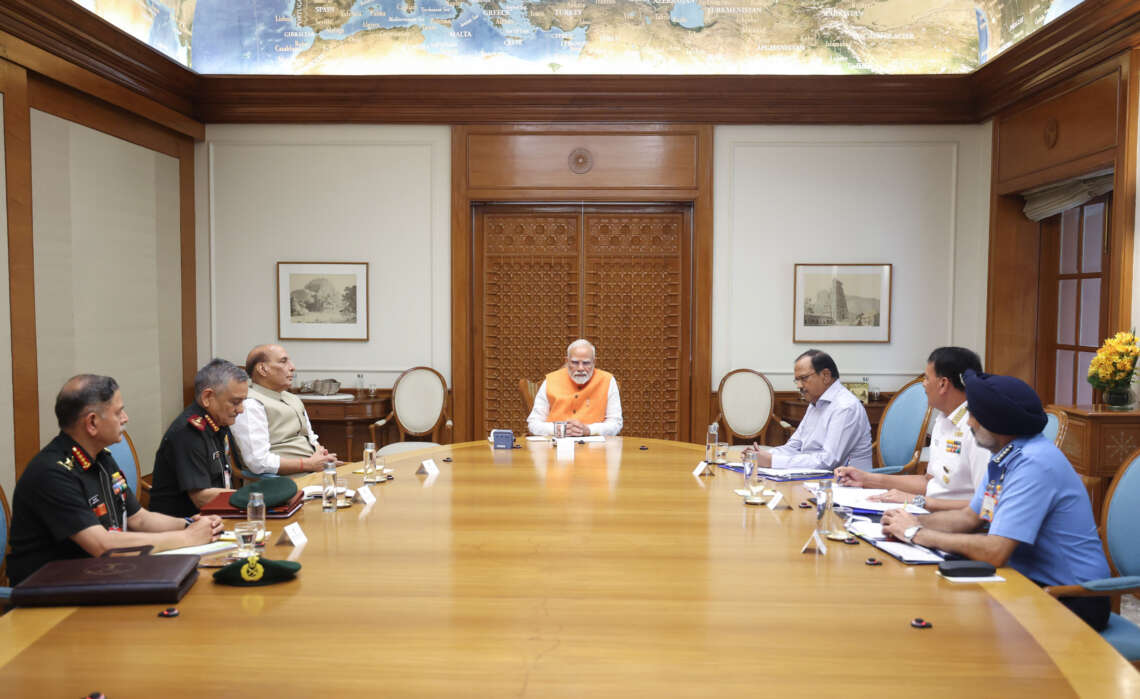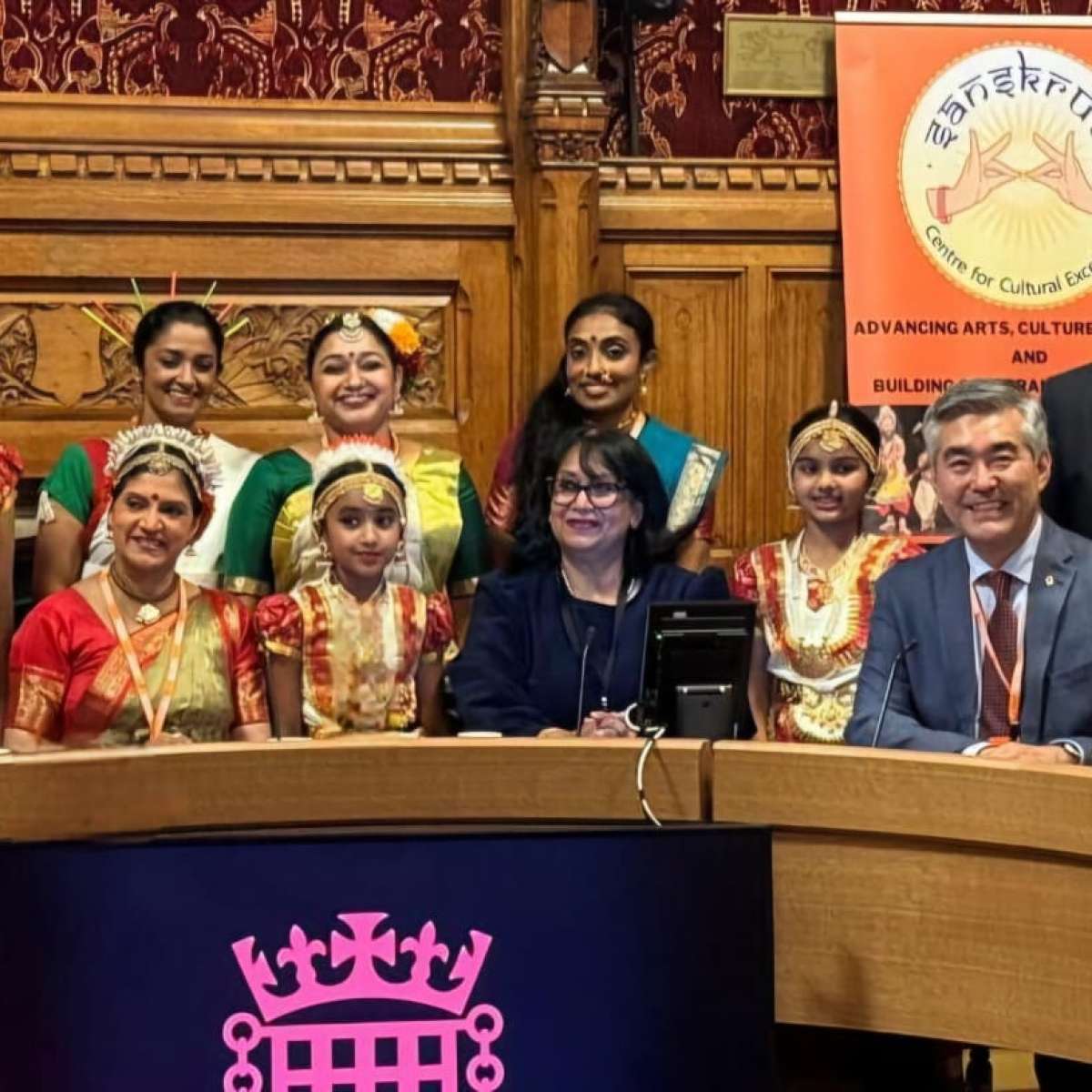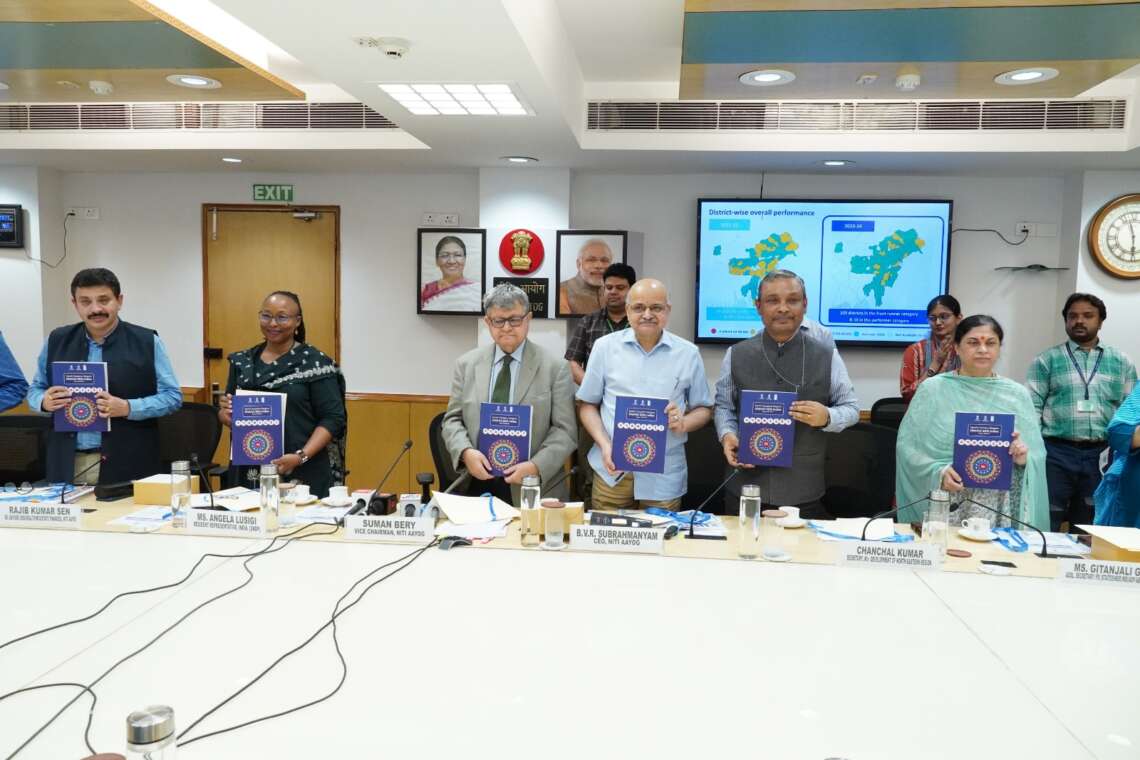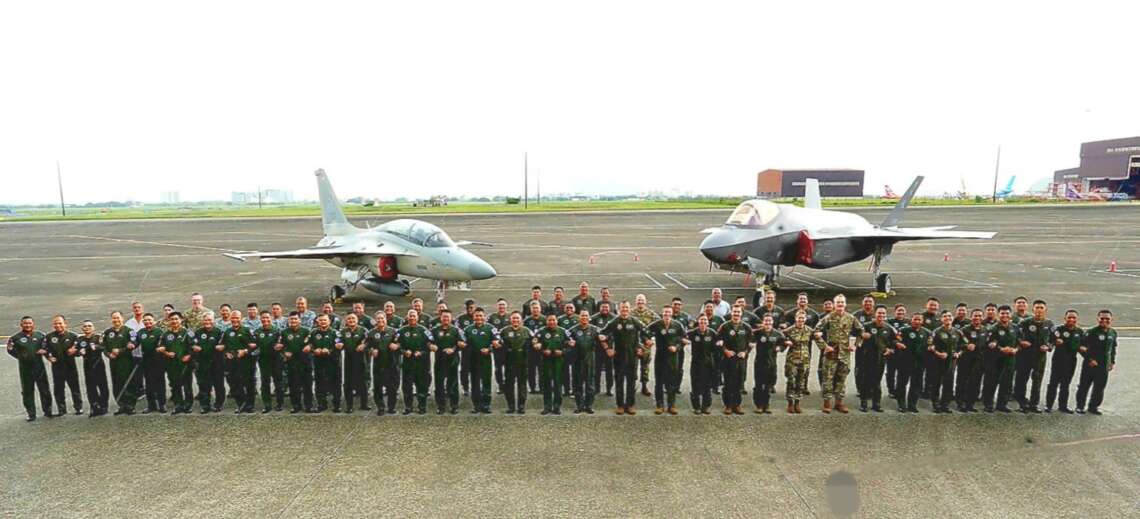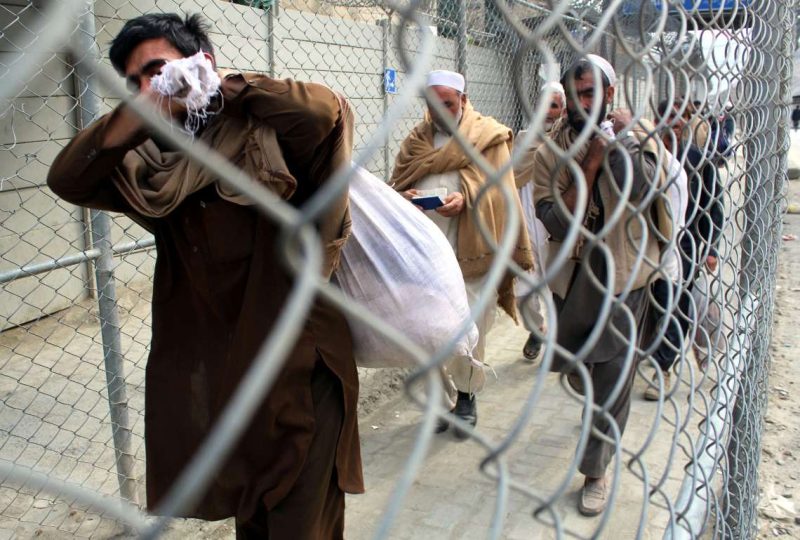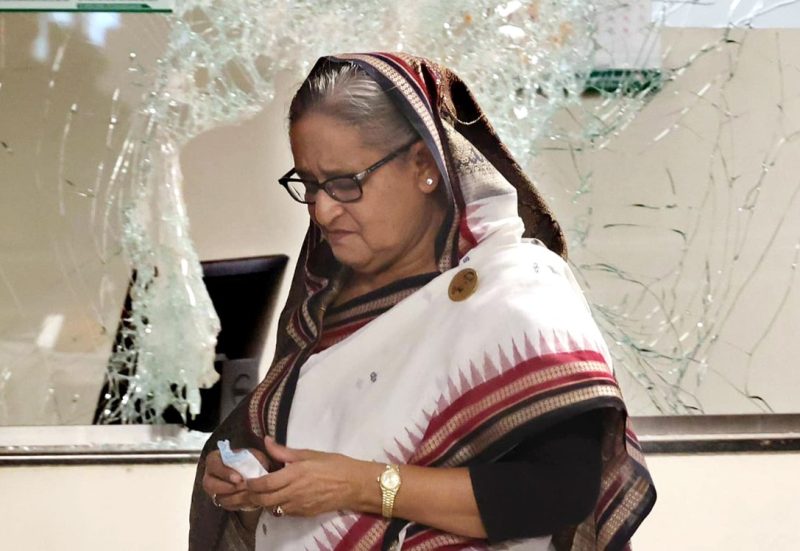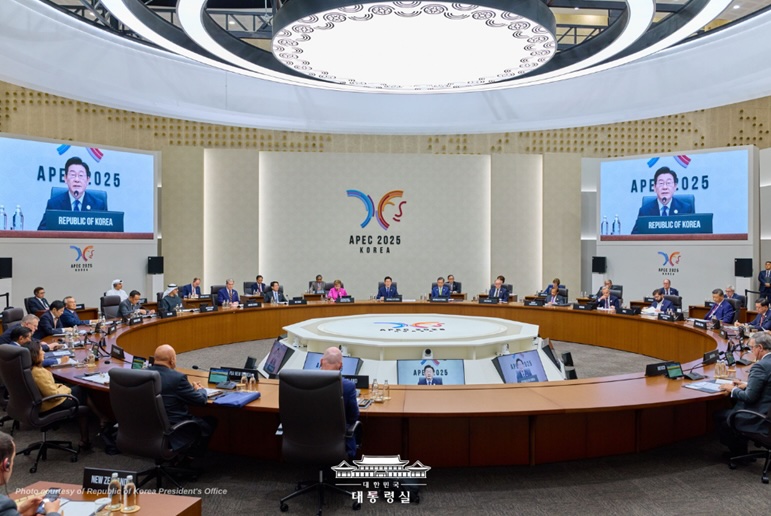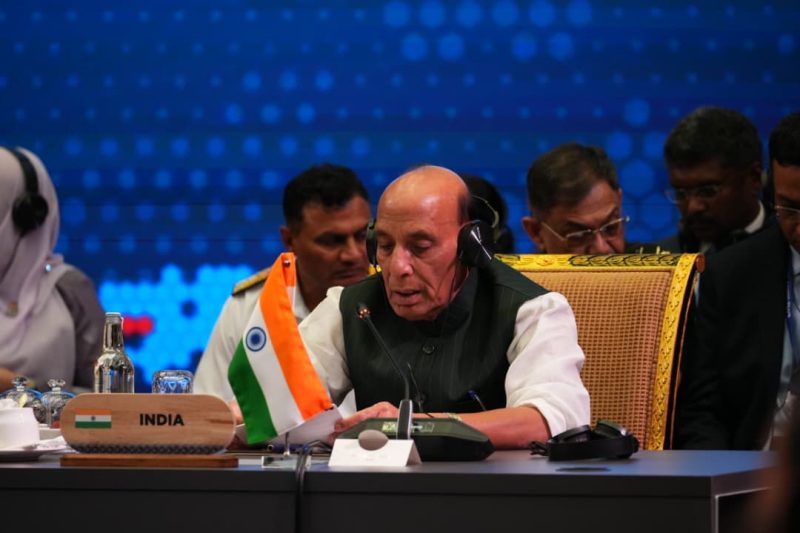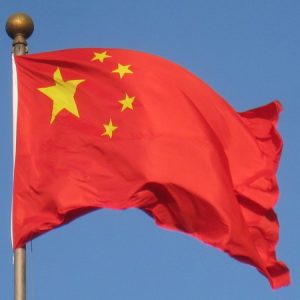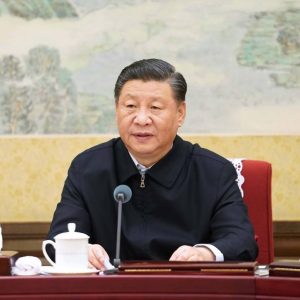WHO-SEARO has issued a stark warning: without urgent and coordinated action, a staggering 18 million more girls and women in South Asia could become anaemic by 2030, adding to an already dire burden of 259 million cases….reports Asian Lite News
Anaemia remains one of South Asia’s most persistent and overlooked public health and equity challenges, affecting nearly half of all adolescent girls and women across the region. The World Health Organisation’s South-East Asia Regional Office (WHO-SEARO) has issued a stark warning: without urgent and coordinated action, a staggering 18 million more girls and women could become anaemic by 2030, adding to an already dire burden of 259 million cases.
In a statement released during the ongoing three-day regional conference titled Nourishing South Asia | Reducing Anaemia in Adolescent Girls and Women, the WHO-SEARO underscored the scale and impact of anaemia across South Asia. The event, held in Colombo, Sri Lanka, from July 9–11, has brought together over 100 policymakers, scientists, health experts, and development leaders from across seven SAARC countries. The aim: to craft a shared regional response and actionable country-level plans to combat anaemia and its ripple effects on health, education, productivity, and gender equality.
The conference also marks the launch of the South Asia Anaemia Academic Alliance, a new scientific platform aimed at filling research gaps and rallying evidence-based solutions to a health issue that affects everything from maternal mortality to economic productivity.
“Anaemia is not just a medical condition—it is a signal of systemic inequality, inadequate nutrition, and failing social systems,” said Saima Wazed, Regional Director of WHO South-East Asia. She emphasised that the condition, caused by insufficient red blood cells or low haemoglobin, makes individuals—especially girls and women—more vulnerable to illness, fatigue, and reduced cognitive and physical performance. Anaemia also has severe implications during pregnancy, heightening risks for both mother and baby.
In her keynote address, Dr Harini Amarasuriya, Prime Minister of Sri Lanka, acknowledged the challenge facing her country, where anaemia affects 18.5 per cent of women of reproductive age and nearly 15 per cent of children under five. “We are scaling up our nutrition programmes in districts with high anaemia prevalence, with a special focus on women and children. This conference underscores our commitment to leading the region in reducing anaemia through coordinated, multi-sectoral efforts,” she said.
Despite individual country efforts, WHO and UNICEF officials at the conference were unanimous in stressing that anaemia remains a regional crisis demanding collective response. “When half of all adolescent girls and women are anaemic, it is not just a health issue—it’s a developmental emergency,” said Sanjay Wijesekera, Regional Director of UNICEF South Asia. “We know what works. Now governments must lead and scale up.”
Md Golam Sarwar, Secretary General of SAARC, echoed the sentiment. “In South Asia, our mothers and daughters are central to our demographic dividend. Ensuring their health is not just a moral responsibility—it is a strategic imperative for our region’s future.”
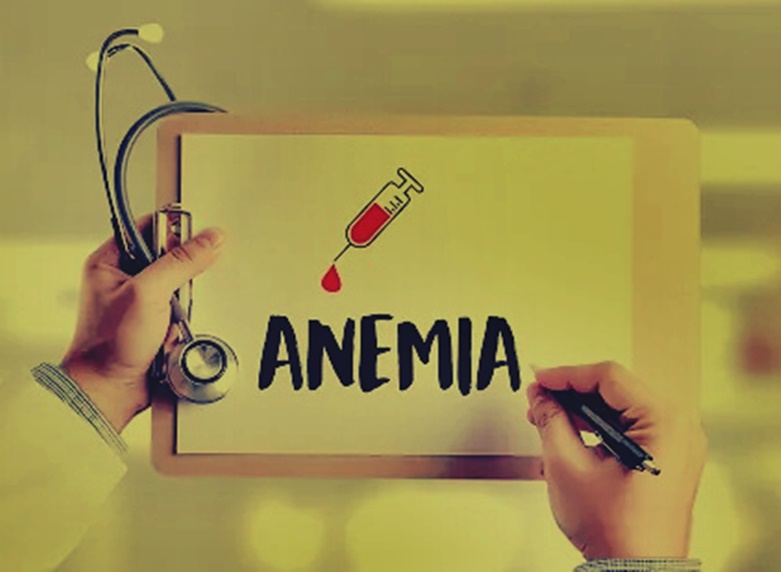
While national policies exist in most countries, implementation remains patchy. WHO-SEARO noted several barriers: under-resourced healthcare systems, difficulty in reaching remote populations, and lack of disaggregated data to target interventions effectively. Many anaemia reduction programmes fail to reach the poorest and most marginalised communities—ironically, the ones who need them most.
Anaemia’s toll extends beyond women. It is a leading contributor to low birth weight, with South Asia accounting for 40 per cent of such cases globally. Anaemic children suffer from impaired learning, delayed growth, and increased susceptibility to disease. Economically, the costs are staggering. The regional burden of anaemia is estimated to drain USD 32.5 billion annually in lost productivity and healthcare costs. Yet, the returns on investment are significant. For every dollar invested in maternal anaemia programmes, an estimated USD 9.50 is gained in economic returns.
There are, however, glimmers of hope. Nepal has achieved measurable success over the past decade by investing in mobile frontline workers, integrating health and nutrition services, and adopting an equity-focused, multi-sectoral approach. Anaemia rates among women of reproductive age have declined from 41 per cent in 2016 to 34 per cent in 2022, with even sharper declines projected by 2030—especially among the poorest women and in remote provinces such as Karnali.
India and Pakistan, according to WHO, are also seeing encouraging outcomes from locally tailored, data-driven programmes. Bangladesh is innovating by integrating adolescent nutrition initiatives with school and social service platforms. In Sri Lanka, the prevalence of anaemia among women under 25 stands at 17 per cent as of 2022, reflecting commendable progress.
Yet, experts warn that progress is fragile without stronger regional cooperation, better data collection, and cross-sectoral interventions. Governments must lead the charge, but the involvement of communities, schools, families, and healthcare workers is equally essential. The newly formed Anaemia Academic Alliance aims to fast-track research and solutions that reflect the region’s diverse needs and contexts.
Anaemia, though preventable and treatable, remains entrenched due to underlying issues—poverty, gender inequality, inadequate sanitation, and limited dietary diversity. As the conference wraps up, it sends a clear message: ending anaemia is no longer a choice—it is a necessity for the health, prosperity, and future of South Asia.



